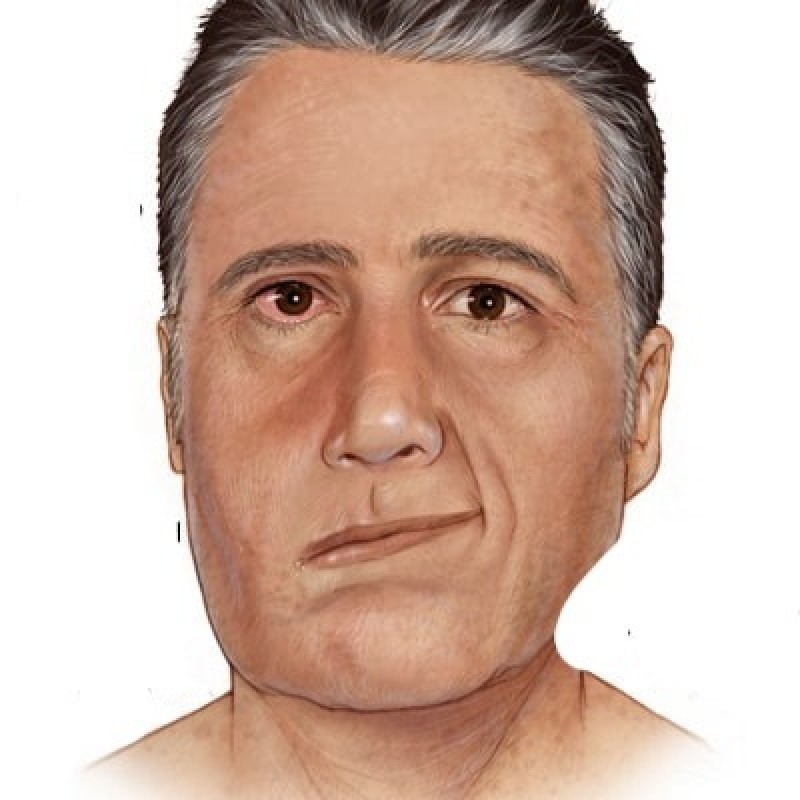If you have a headache, you are not alone. Headache is one of the most common pain conditions in the world.
Headaches are a major cause of absenteeism from work and school. It also negatively affects social and family life. For some people, treating persistent headaches can lead to feelings of anxiety and depression.
What are the types of headache?
There are more than 150 types of headaches. They fall into two main categories: primary and secondary headaches.
Primary headache
It is those that are not due to another medical condition. Category includes:
Cluster headache.
Migraines.
New daily constant headache
Tension headache
Secondary headache
Secondary headaches are related to another medical condition, such as:
* Vascular disease of the brain.
* Head injury.
* Hypertension.
* Infection.
* Excessive use of medication.
* Sinus congestion.
* Shock.
* Tumor.
Is headache hereditary?
Headaches tend to run in families, especially migraines.
Children who have migraines usually have at least one parent who also suffers from migraines. In fact, children whose parents have migraines are four times more likely to develop it, too.
Headaches can also be caused by common environmental factors in the family home, such as:
* Eat certain foods or ingredients, such as caffeine, fermented foods, chocolate, and cheese.
* Exposure to allergens.
* Passive smoking.
* Strong odors from household chemicals or perfumes.
What causes headaches?
Headache pain is caused by signals that interact between the brain and the surrounding blood vessels and nerves.
During a headache, an unknown mechanism activates specific nerves that affect muscles and blood vessels. These nerves send pain signals to the brain.
What are headache triggers?
Common triggers for headaches include:
* Changes in eating or sleeping patterns.
* depression
* Emotional stress related to family, friends, work or school
* Excessive use of medication
Eye, neck or back strain due to poor posture
* light
* the noise
* weather changes
What are the symptoms?
Headache symptoms vary depending on the type of headache you have.
tension headache
Tension headaches are the most common type of headache, and tend to be:
* On both sides of the head
* Responds to over-the-counter treatment.
* Worse during routine activities (such as bending over or walking upstairs)
Migraine
Migraine is the second most common type of primary headache. Migraine symptoms include:
* Moderate to severe pain.
* Nausea or vomiting.
* Pain that lasts from four hours to three days.
* Sensitivity to light, noise or odors.
* Upset stomach or abdominal pain
Cluster headache
Cluster headaches are the most severe types of primary headaches. They come in a group or cluster, occurring one to eight times per day during their period, which may last from two weeks to three months. The headache may disappear completely for months or years, to reappear later:
* Severe with burning sensation
* It is located behind one of your eyes or in the eye area
New daily persistent headache
A new daily persistent headache occurs suddenly and lasts for more than three months. They usually occur in people who have not had frequent headaches before. The pain of this type of headache is:
* Steady and continuous without resting.
* It is located on both sides of the head.
* Does not respond to medication.
Sinus headache
A sinus headache is caused by a sinus infection that causes congestion and inflammation in the sinuses.
Symptoms include:
bad taste in mouth
Deep and constant pain in your cheekbones
swelling in the face
Feeling of fullness in the ears
Fever
Pain that gets worse with sudden head movement or straining
snot
Headache in children
Most children experience headaches when they reach their teenage years. For about 20% of them, migraines are a frequent problem.
Similar to adults, headache triggers in children include:
Some foods that cause headaches for an individual
sleep changes
environmental factors
Pressure nervous
How is headache evaluated and diagnosed?
If you get headaches often or if they are very severe, you need to see a doctor.
It is important to correctly diagnose headaches so that specific treatment can be started.
Your medical history and headache symptoms will be discussed, and this is an important part of the headache assessment.
Investigations
For most headaches, a history and physical examination are sufficient to make a diagnosis.
CT scans, MRIs, and brain wave tests are normal in tension, migraine, and cluster headaches.
However, these tests can be necessary for those with warning signs.
Warning signs
You should go to the hospital immediately if you feel:
Confusion or difficulty understanding speech
fainting
High fever greater than 39°C to 40°C
Numbness, weakness, or paralysis on one side of the body
stiff neck
vision problem
trouble speaking
difficulty walking
Nausea or vomiting (if not caused by another)
How is headache treated?
One of the most important aspects of headache treatment is to know the causes and triggers of headaches. Knowing what those things are — usually by keeping a headache log — and then trying to avoid them can reduce the number of headaches you have.
Medicines
Headaches usually respond well to over-the-counter pain relievers. But be aware that using these medications too often can lead to a long-lasting daily headache.
For frequent or severe headaches, your doctor may recommend prescription headache medications. Triptans and other types of medications can stop a migraine attack, taking them at the first sign of a headache.
Medicines for high blood pressure, seizures, and depression can sometimes prevent migraines.
How can headaches be prevented?
The key to preventing headaches is knowing what triggers them. What may give you a headache may not be a problem for others. Once you identify your triggers, you can avoid or minimize them.
For example, avoiding perfumes can make a big difference in headaches if they are a trigger, and the same for other stimuli such as certain foods and lack of sleep


